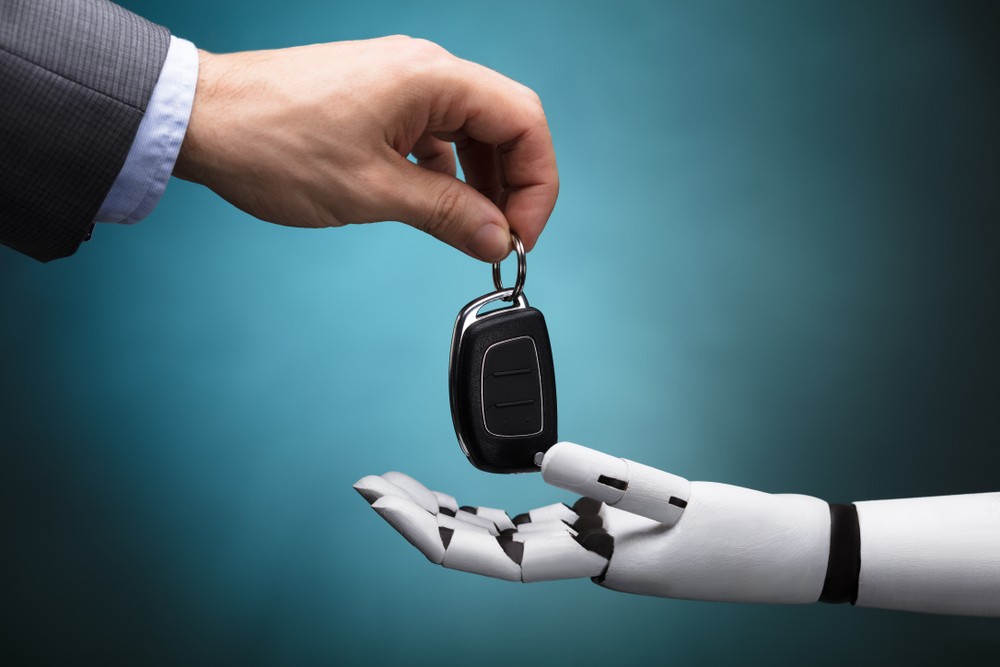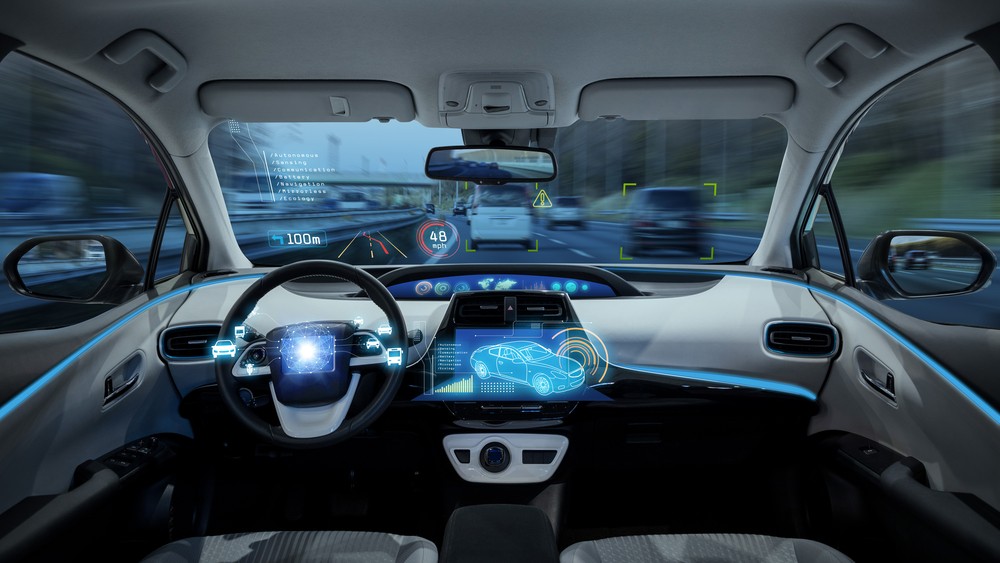Tamping Down Expectations for Autonomous Driving

In 2014, Tesla shocked the world by launching a feature called Autopilot. It was hailed as the first genuine step toward something people have been speculating about since the birth of the automobile: autonomous driving. With the ability to detect variables in the world around it and adapt accordingly on the road, Autopilot was our first glimpse into a future of self-driving cars.
What many people expected to be an overnight revolution is now roughly a decade in the making. It begs the question: What’s going on with self-driving cars, and will we ever see fully autonomous vehicles on the road en masse?
What ever happened to self-driving cars?
Just a few years ago, self-driving cars were the most exciting prospect in manufacturing. It seemed like the world would soon see and enjoy cars that drove themselves. But despite being featured prominently on investor conference calls and at trade show presentations, automakers’ rosy projections of self-driving vehicles haven’t yet come to fruition.
While improvements in cameras, sensors, GPS systems, and the individual components comprising autonomous driving technology have advanced over the years, it’s clear some automakers overpromised and underdelivered with regard to truly self-driving vehicles. Even Ford’s CEO admitted overzealousness on the part of automakers, stating, “We overestimated the arrival of autonomous vehicles” at a presentation to the Detroit Economic Club in 2019.
Years removed from that statement, self-driving cars appear no closer to being roadworthy. Many companies have even reduced current autonomous vehicle investments, instead diverting them to other areas like battery development in anticipation of an electric vehicle (EV) future.

Autonomous technology is still in its infancy
What’s the biggest obstacle to mass-produced autonomous vehicles? It’s something as obvious as it is stubborn: human behavior.
There are simply too many unexpected situations a vehicle has to account for, from bicyclists traveling the wrong way to other cars failing to stop at a stop sign. Infinite situations might occur, and an autonomous vehicle needs to handle them all. While radar and cameras can detect and identify objects on a street, they can’t predict what they’ll do next.
It’s believed many of the leading autonomous driving technology companies have about 80% of the technology they need to make self-driving cars an everyday reality. The remaining 20% focuses on anticipating what other drivers, pedestrians, objects, and anything else can do — and it’s what’s holding back the long-promised autonomous vehicle future.
Self-driving vehicles have a long way to go
While we’re still nowhere near the point of widespread adoption of autonomous driving technology, some signs point to the eventuality of self-driving cars on the horizon. As of 2019, 29 U.S. states have passed laws permitting the use of autonomous vehicles, and there are already several practical uses of autonomous vehicles across industries. Self-driving shuttles and delivery vehicles — like Domino’s self-driving pizza delivery vehicle — represent some of the earliest uses for self-driving cars.
There’s still a long way to go, but it’s likely that we will one day see a future where self-driving vehicles — in all sectors, from commercial to private — could be an everyday marvel.